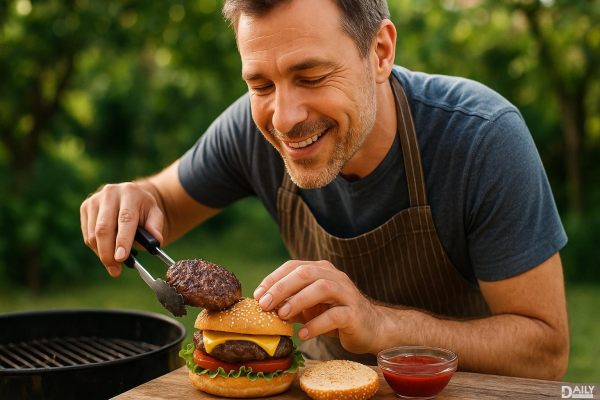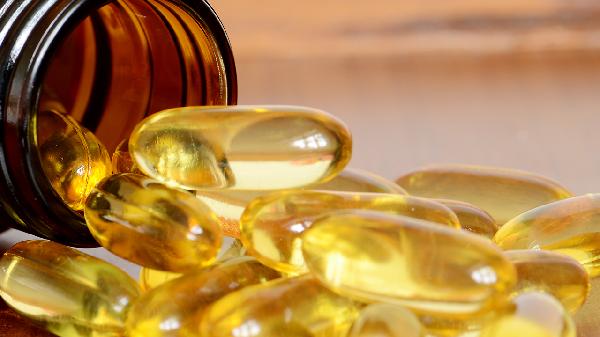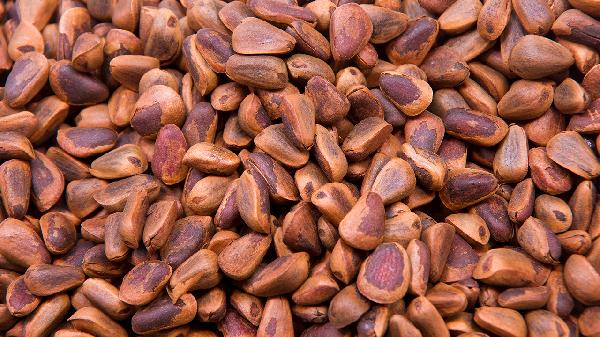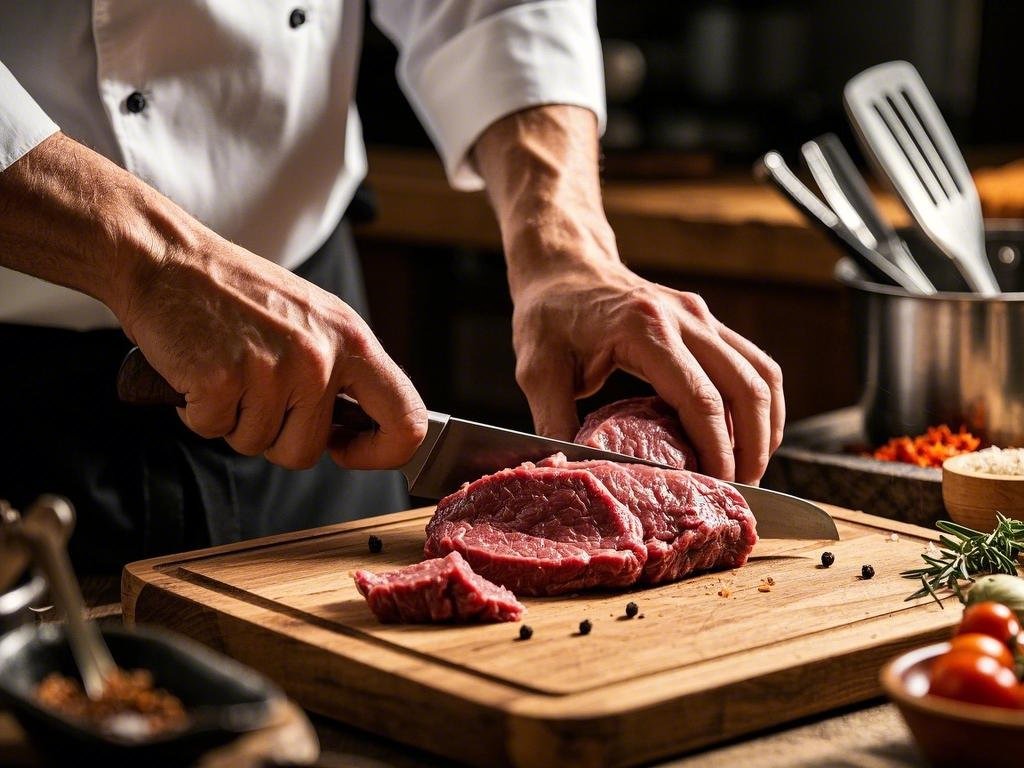Dry aging is that fancy process you've seen at high-end steakhouses, where cuts of beef hang in a temperature-controlled room for weeks, developing a deep, complex flavor that makes your taste buds do a happy dance. But what’s actually happening to that meat while it’s chilling (literally) in those special conditions? Turns out, it’s not just about making it taste better—science, enzymes, and a little controlled decomposition are working behind the scenes to transform an ordinary cut into something extraordinary.
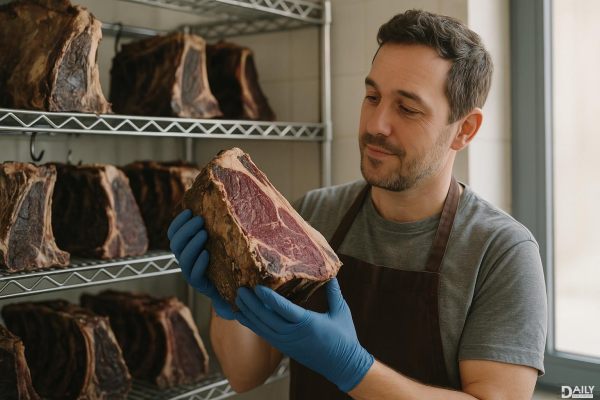
When meat dry-ages, it’s essentially going through a carefully monitored breakdown process. Enzymes naturally present in the meat—like calpains and cathepsins—start breaking down muscle fibers and connective tissues. This tenderizes the meat, making it melt-in-your-mouth soft. Meanwhile, moisture evaporates from the surface, concentrating the beefy flavor. But here’s the kicker: as the meat loses water, its natural umami compounds intensify, creating that rich, nutty, almost funky depth you don’t get with fresh cuts. It’s like the difference between a basic burger and a gourmet masterpiece—same cow, totally different experience.
Dry aging isn’t a quick process. Most steakhouses age their beef for at least 21 days, but some go for 45, 60, or even 100+ days for serious flavor development. The longer it ages, the more pronounced the taste becomes. However, there’s a sweet spot—too little time and the meat won’t develop enough complexity; too much and it can tip into overly funky territory (think blue cheese vibes, which not everyone loves). The outer layer also hardens into a crust, which gets trimmed off before cooking, leaving only the perfectly aged interior.
You might’ve heard of wet aging—where meat is vacuum-sealed and left to sit in its own juices. While it does tenderize the meat, it doesn’t develop the same depth of flavor as dry aging. Wet-aged beef stays moist but lacks that concentrated, caramelized richness. Dry aging, on the other hand, lets the meat breathe, allowing for enzymatic breakdown and flavor concentration that wet aging just can’t match. It’s the difference between a crockpot stew and a slow-smoked brisket—both good, but one’s got way more character.
Here’s where things get interesting: some dry-aged beef develops a thin layer of white mold on the surface. Before you freak out, this isn’t the same as the fuzzy green stuff on your forgotten leftovers. Certain beneficial molds (like those in the Penicillium family) can actually enhance flavor by breaking down fats and proteins further. These molds are carefully controlled in professional aging rooms, and the crust they help form gets trimmed away, leaving behind only the good stuff. It’s like nature’s version of a flavor booster.
Technically, yes—but it’s not for the faint of heart. You’ll need a dedicated fridge (regular ones fluctuate too much in temperature and humidity), good airflow, and the patience to monitor the meat closely. One wrong move, and you could end up with spoiled beef instead of a gourmet treat. Most experts recommend starting with thick, well-marbled cuts like ribeye or striploin and keeping aging times under 30 days for beginners. If you’re not ready to DIY, though, sticking to professionally dry-aged cuts from a trusted butcher is the safer (and still delicious) bet.
So next time you splurge on a dry-aged steak, you’ll know exactly why it tastes so darn good—science, time, and a little controlled funkiness working in harmony. Whether you’re a steakhouse regular or just curious about the hype, dry aging is one of those culinary processes that proves sometimes, the best flavors come from waiting (and a little microbial help).



